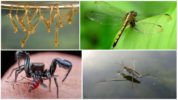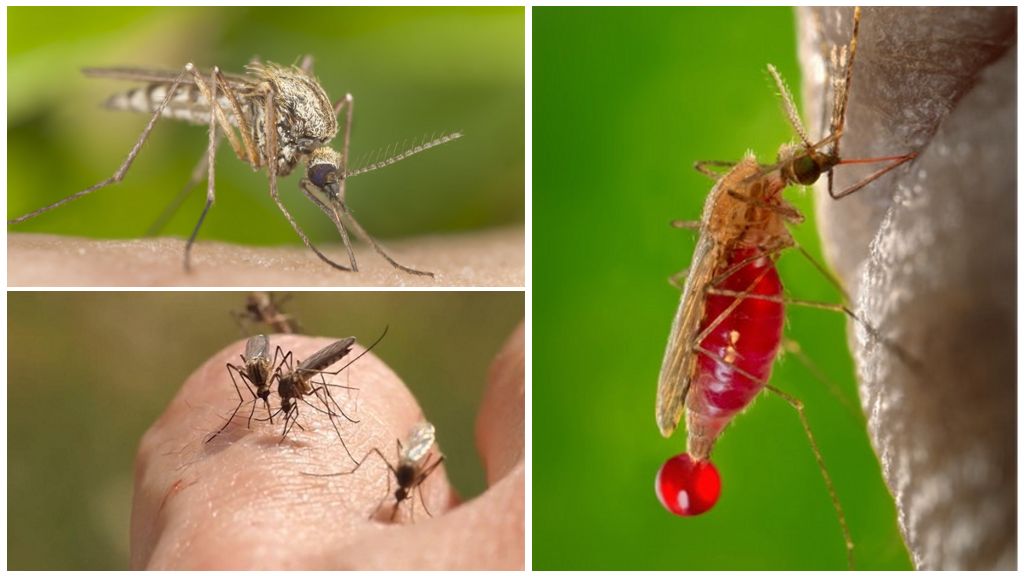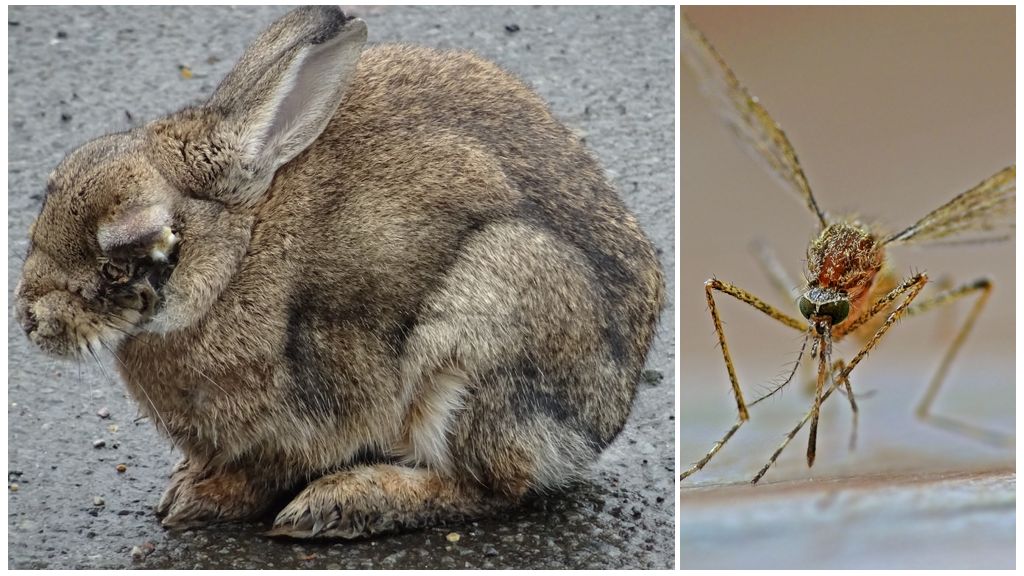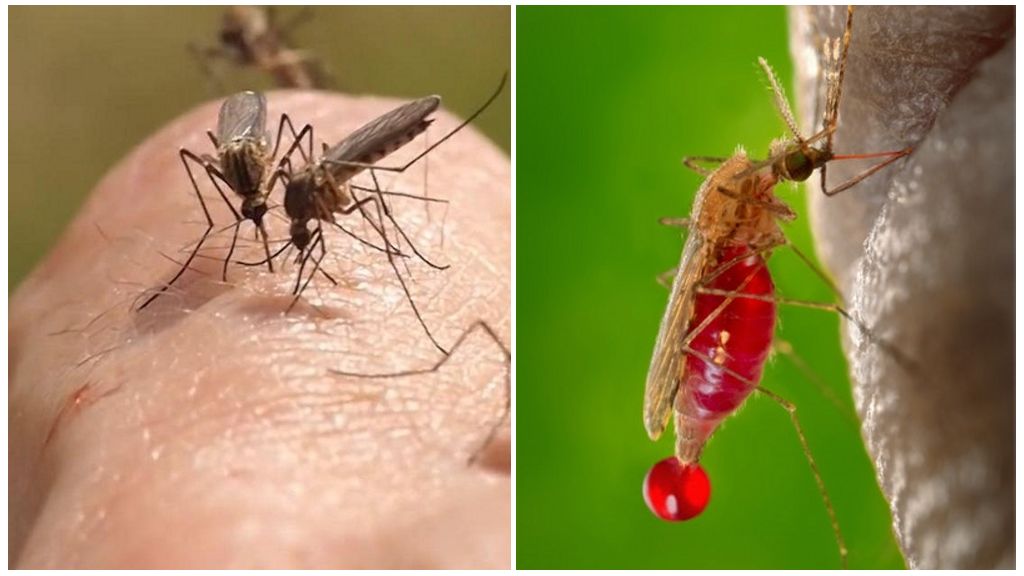- Insects that eat mosquitoes and their larvae
- Predatory plants, birds and frogs eating mosquitoes
Mosquitoes, together with their larvae, are very important components of many biocenoses. Mosquito - the link of a long food chain, which contains insects, birds, fish, as well as some other amphibians. And if at least one element disappears from the chain, nature will not be able to exist in its usual form. Among those who eat mosquitoes, there are exceptional species that feed only on these insects.
Who eats larvae
Mosquito females lay their offspring in stagnant ponds, so that grown individuals always have access to food. But at the same time mosquito larvae and the eggs themselves become the object of attack. Therefore, mosquito females often try to disguise the clutch as much as possible in order to allow small individuals to grow.
Most of the larvae are located on the surface of the water and they do not mind eating various arthropods, water striders, swimming bugs, water bugs, ticks, dragonflies, small crustaceans. Mosquito larvae are mobile and can escape from their enemies by flight. But even this ability rarely helps them.
Dragonflies represent a great danger to representatives of this detachment. They are characterized by unprecedented gluttony and can eat both larvae and adults. Dragonflies are amazing predators, they have excellent eyesight and the ability to correctly calculate the speed to capture the victim. But even this is not so scary as the stupid appetite of these multi-colored insects that can eat bloodsuckers without stopping.
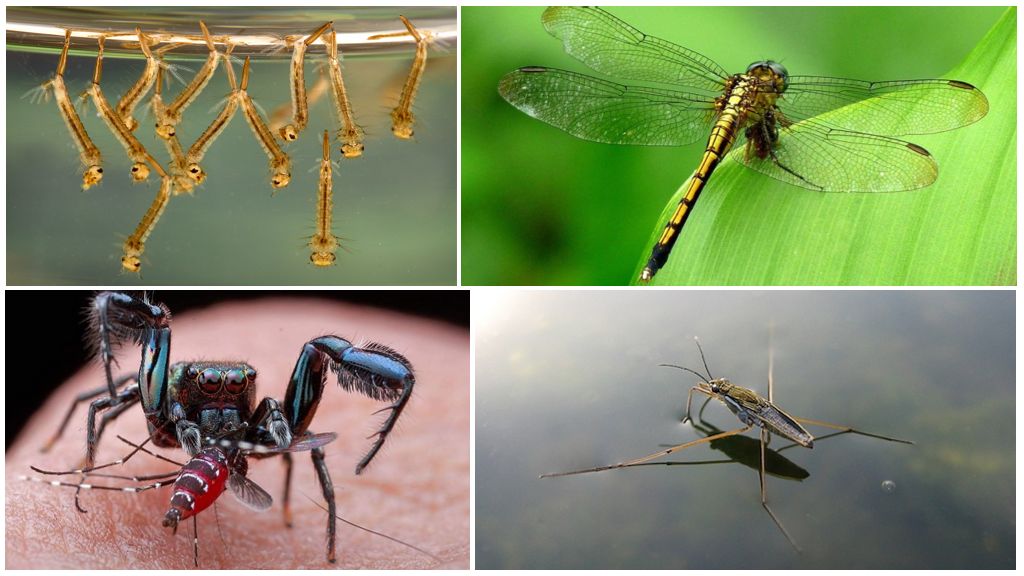
Dragonflies eat mosquitoes even when they are in the larval stage. Their larvae are larger than mosquito larvae, which gives them a huge advantage in the fight. The larvae of other inhabitants of swamps, lakes, which are larger in size, do the same.
Interesting!
Conducting an experiment to find out how many mosquitoes and flies a dragonfly can eat, led to a result of 30 individuals. And this is not the limit.
Various fish can enjoy mosquito larvae. Gambusia and wild species of guppy fish consider bloodworms as their main component in the diet. Fishing enthusiasts or owners of aquarium fish skillfully use this.
They also have larger natural enemies. Waterfowl eat mosquitoes. They pass water through the beak and destroy a large number of not only larvae, but also eggs. Seagulls, ducks, geese - help regulate bloodsucker populations.
Who eats adults
But even after gaining the ability to fly and growing up, mosquitoes do not make life easier. On land there are many representatives of the animal and plant world who will not refuse such a treat.
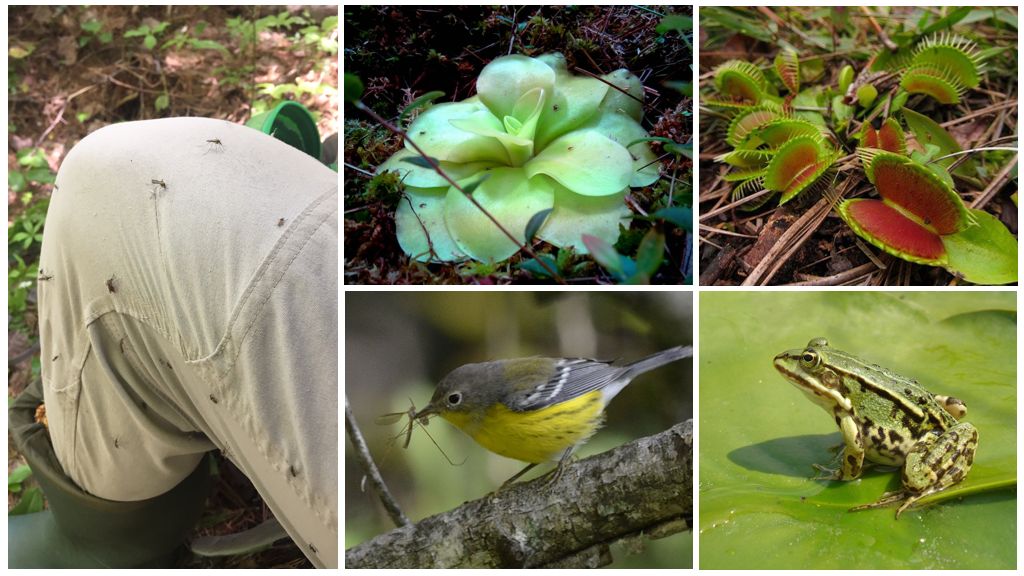
In nature, there are several species of predator plants that absorb bloodsuckers in various ways. Some on the petals have a special substance that catches insects like duct tape, while others even have special organs to capture food. The most famous plants are:
- Zhiryanka.
- Flycatcher.
- Sundew.
- Rosolist.
- Pemphigus.
Interesting!
It also feeds on mosquitoes and fish, which finds a source of food on the surface of water bodies. This is trout, roach, whitefish, grayling, vendace, bruzgun fish. The latter specially jumps out of the water when an insect flies over the surface and knocks it down with a stream of water.
Birds eat mosquitoes wherever they find: in water, grass, on trees, in the air.The most dangerous enemies:
- Swifts.
- Swallows
- Orioles.
- Kings
- Tits.
- Waders.
- Finches.
- Zyryanki.
- Starlings.
Mosquitoes also have larger enemies. Frogs, newts, toads, chameleons, lizards and even turtles can enjoy bloodsuckers. Different types of turtles destroy the larvae of these insects.
Even small species of animals did not pass mosquitoes. They are caught by bats, ordinary mice and hedgehogs.
Thus, mosquitoes and their larvae have enough enemies. At any time of the day, in any territory, these small bloodsuckers must always be careful not to be eaten. Therefore, female mosquitoes try to make the maximum number of clutches and prevent a decrease in the population.
